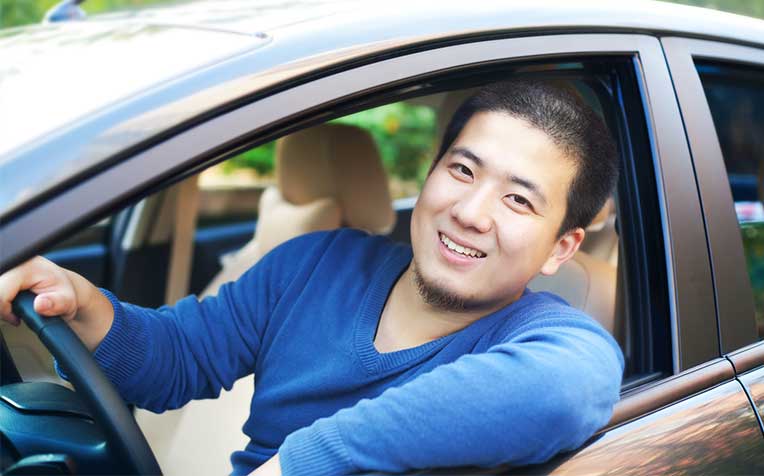HealthXchange will NEVER ask you to transfer money over a call. If in doubt, call the 24/7 ScamShield helpline at 1799, or visit the ScamShield website at www.scamshield.gov.sg.
Hypoglycaemia (Low Blood Glucose) and Driving Safely

Low blood glucose (hypoglycaemia) can impair concentration and reaction time while driving.
Why do I need to monitor my blood glucose levels?
Hypoglycaemia (low blood glucose) can impair concentration and reaction time, which leads to an increased risk of accidents while driving.
However, most people with diabetes who maintain stable blood glucose levels can drive safely,
The Department of Endocrinology at Singapore General Hospital (SGH), a member of the SingHealth group, shares what people with diabetes need to take note of before going behind the wheel.
Am I at risk of hypoglycaemia (low blood glucose) while driving?
If you are on insulin injections or on oral glucose-lowering tablets like sulphonylureas, your risk of hypoglycaemia can be increased. This is in particular if you have:
- Performed physical activities e.g. shopping, exercising
- Missed a meal
- Eaten less than you usually do for a meal
- Other conditions like renal impairment which can increase your risk of hypoglycaemia from medications
Other medications that can cause drowsiness may also decrease your alertness on the road and your ability to pick up low blood glucose symptoms and signs.
When should I check my blood glucose levels?
1. Before you drive
Check your blood glucose level before you drive. Aim for a blood glucose level above 5.0 mmol/L before you start driving.
2. Check every 2 hours
If you are on a long car journey, check your blood glucose level every 2 hours and consider taking a break.
3. When you experience symptoms of hypoglycaemia
- Shakiness
- Sweating
- Fast heartbeat
- Headaches
- Dizziness
- Tingling sensation in your fingers, lips or tongue
- Feeling hungry or nauseous
- Feeling nervous or anxious
- Feeling irritable
If not treated, your symptoms and signs can become more severe, and can include:
- Weakness and difficulty walking
- Blurred vision
- Confusion and abnormal behaviour
- Unclear speech
- Loss of consciousness
- Seizures
If you have these symptoms or signs, you or the people around you should call for an ambulance (995) immediately.
What should I do if hypoglycaemia occurs?
- Locate a safe place to stop and park your car
- Remove your ignition key and shift to the passenger seat
- Treat low blood glucose (< 4.0 mmol/L) using the 15/15 rule – 15g of fast-acting carbohydrate like glucose tablets or fruit juices and testing 15 minutes later
- When your blood glucose level has reached above 4.0 mmol/L, take 15g of carbohydrate before you start driving e.g:
- 3 pieces of biscuits, or
- 1 slice of bread
- Start driving only when all your hypoglycaemia symptoms are gone and you are able to perform tasks like mental math – this might take up to 30-45 minutes.
Ref: L20
Other diabetes articles you may be interested in:
Diabetes Foot Care Tips: 10 Steps to Healthy Feet
Tips for Travelling with Diabetes
Because #healthiswealth #healthforgood
Related Articles
Public Events
Get the Health Buddy App
© 2025 SingHealth Group. All Rights Reserved.
















 Get it on Google Play
Get it on Google Play